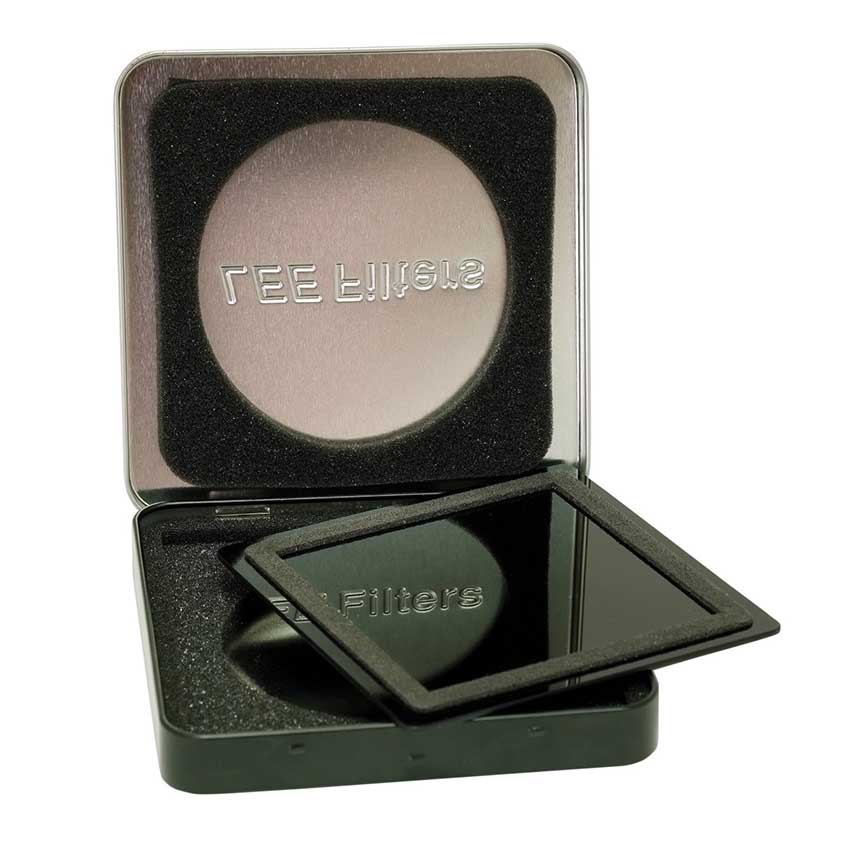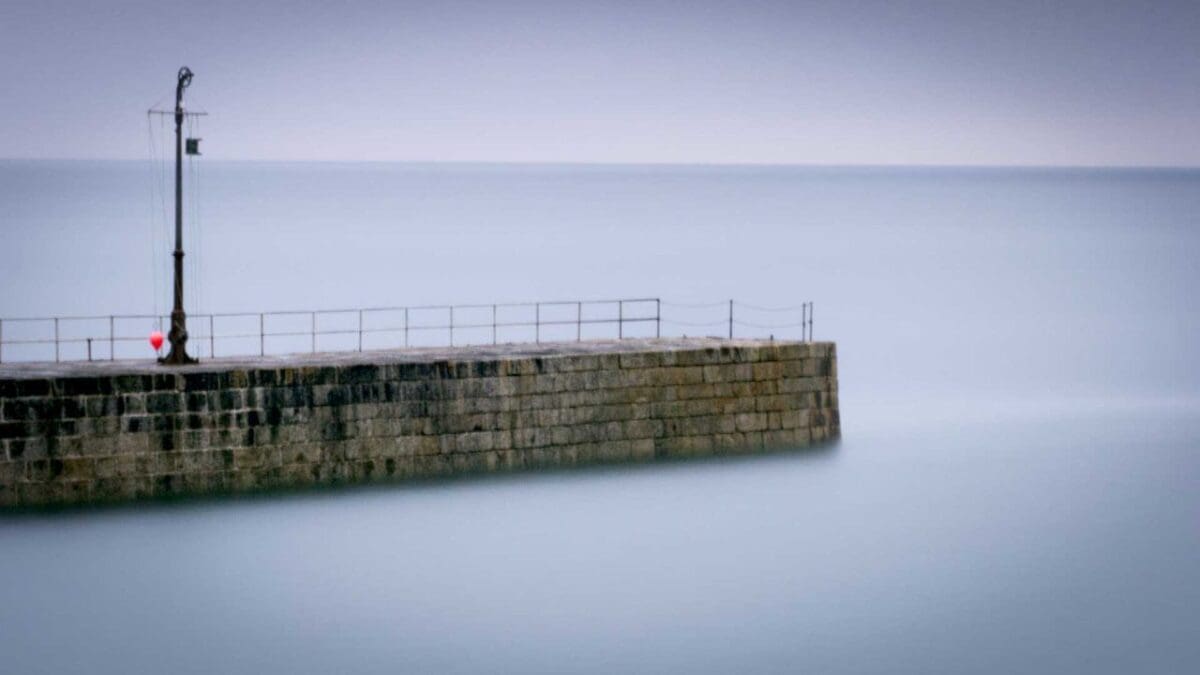A Big Stopper is fast becoming a staple for photographers so in this post we explain everything you need to know about using one.
What is a Big Stopper?
A Big Stopper is a neutral density filter made by Lee Filters. It’s called a Big Stopper because it’s very dense and it reduces the amount of light entering a lens by 10EV. Big Stopper has become to filters what Hoover is to vacuum cleaners and many photographers refer to any dense neutral density filter as a Big Stopper but it’s actually a product name.
Lee Filters also makes the Little Stopper that cuts out 6EV of light and the Super Stopper that filters out 15EV of light.
When to use a Big Stopper
The most common use of a Big Stopper is to enable long exposures to be made in daylight to blur the movement of water, clouds, vegetation or even people.
As a Big Stopper reduces the amount of light entering the lens by 10EV it should enable you to extend the exposure time by around 1024 times. However, Lee Filters actually suggests extending the exposure by 960 times. This means that an exposure of 1/125sec becomes 8 seconds, long enough to blur water and cloud movement.

How do you use a Big Stopper?
Although there are screw-in neutral density filters, the Lee Filters Big Stoppers are square filters that slot into a filter holder. They are available in a range of sizes to suit smaller mirrorless cameras, full-frame cameras and ultra wide-angle lenses.
Because a Big Stopper cuts out a lot of light it’s usually best to compose the image and focus then lens before the filter is mounted. That said, in bright light you may be able to see the image on a DSLR’s screen in live view mode or when you’re shooting with a compact system camera. Once the subject is sharp, switch to manual focus to prevent to the focus from adjusting.
Next, with the camera in manual exposure mode, set the aperture that gives you the depth of field that you want and measure the shutter speed that’s required without the filter. Then mount the filter and set the shutter speed taking the filter into account. If the exposure is less than 30 seconds the camera’s metering system should let you set the exposure time. However if it’s longer than that you’ll usually have to calculate the exposure that’s required and use bulb mode.
Some form of remote release with a shutter lock is useful in bulb mode as it will allow you to fire the shutter and lock it open before closing it after the required exposure time has passed.
How do you calculate exposure with a Big Stopper?
The first step is to measure the exposure time that’s required without the filter. This combined with the filter strength allows you to calculate the exposure with the filter – each stop or EV of the filter requires the exposure time to be doubled. As mentioned earlier, the Lee Filters Big stopper is a 10EV or 960x filter, so you need to multiply the unfiltered export time by 960x.

While you can do the calculation, a smartphone app makes life a little easier. Lee Filters has a free Big Stopper app, available for iOS and Android that can do the work for you. Then all you need to do is open the app, select the type of filter you’re using and dial in the exposure time that’s required without the filter.
The Big Stopper gives a blue cast which makes shooting raw files advisable to allow accurate adjustment.
How to use a Big Stopper summary
- Compose the image and focus without the filter on the lens.
- Select manual focus mode.
- Select manual exposure mode and set the aperture.
- Measure the exposure time without the filter.
- Mount the filter on the lens.
- Select bulb mode or set the shutter speed to compensate for the filter.
- Fire the shutter using a remote release and if necessary time the exposure before closing the shutter.



